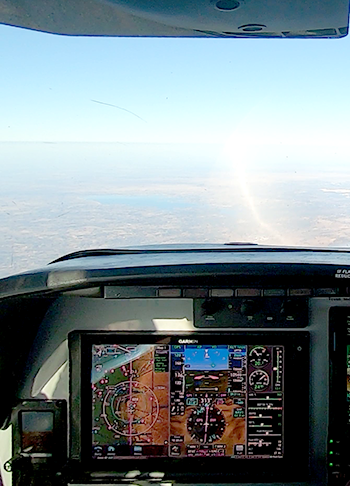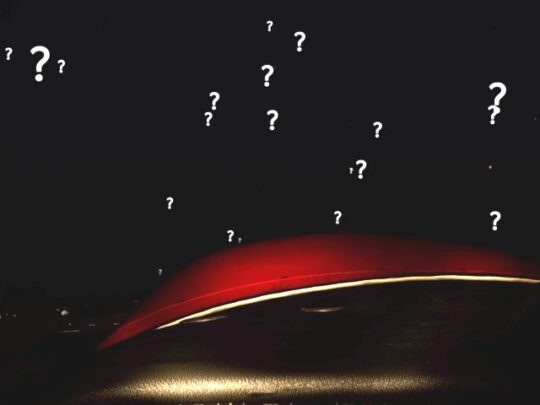Subscriber question:
"Am I susceptible to hypoxia at 10–12,000 feet? I regularly fly at these altitudes but never use oxygen." — Chris O.
Bruce:
 “The textbook signs of hypoxia, such as bluish fingernails, described in Chapter 17 of the Pilot’s Handbook of Aeronautical Knowledge, may not appear until you’re seriously hypoxic—or not at all. And if you are hypoxic, your cognitive ability may be so impaired that you can’t recognize the insidious effects that do arise, like someone who has had too much to drink but thinks it’s OK to drive.
“The textbook signs of hypoxia, such as bluish fingernails, described in Chapter 17 of the Pilot’s Handbook of Aeronautical Knowledge, may not appear until you’re seriously hypoxic—or not at all. And if you are hypoxic, your cognitive ability may be so impaired that you can’t recognize the insidious effects that do arise, like someone who has had too much to drink but thinks it’s OK to drive.
Under Part 91 you’re required to use supplemental oxygen after 30 minutes of exposure to altitudes between 12,500 and 14,000 feet. But many experts recommend following the rules used by for-hire crews. They must breathe oxygen whenever the cabin altitude is at or above 10,000 feet.
My experience making many multi-leg flights in a single day has made me adopt a more conservative personal rule. I use O2 whenever I cruise at or above even just 5000 or 6000 feet for more than hour. I also check my O2 saturation level with a fingertip pulse oximeter every 30 minutes or so. If you do this when switching fuel tanks or contacting a new ATC facility, it’s an easy habit to maintain. Those devices are widely available for less than $50.
According to the National Institutes of Health, a “resting oxygen saturation of less than 95 percent is considered abnormal.” I find that keeping my O2 saturation at or above 95 percent means I don’t feel as tired at the end of the day, and I don’t have dull headaches and other signs that indicate I had become mildly hypoxic after long hours at the controls. I also feel noticeably sharper during the last approach and landing of the day.
A relatively new option for avoiding hypoxia is an O2 concentrator. These devices were originally designed to help people with lung diseases like emphysema. As their name implies, these portable units (which are FAA-approved for use in aircraft) intake ambient air, pass it through filters that strip out nitrogen and other gases, and deliver concentrated oxygen to you via a cannula or mask.
With an O2 concentrator, you don’t have to refill or manage heavy oxygen bottles. And most important, the endless supply of O2 encourages you to use oxygen even when it’s not required by the regulations.”
How do you decide when to use oxygen in flight?

